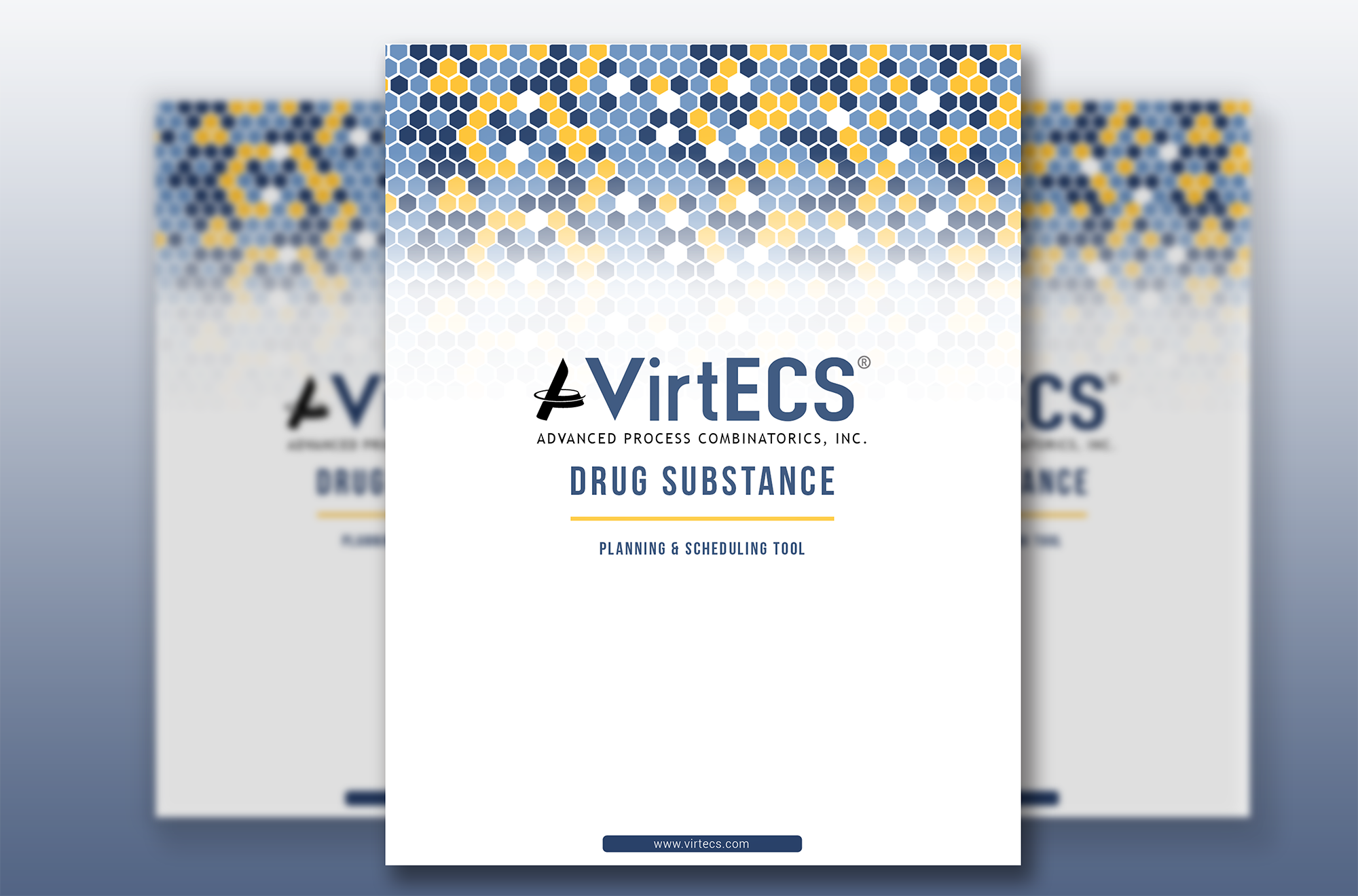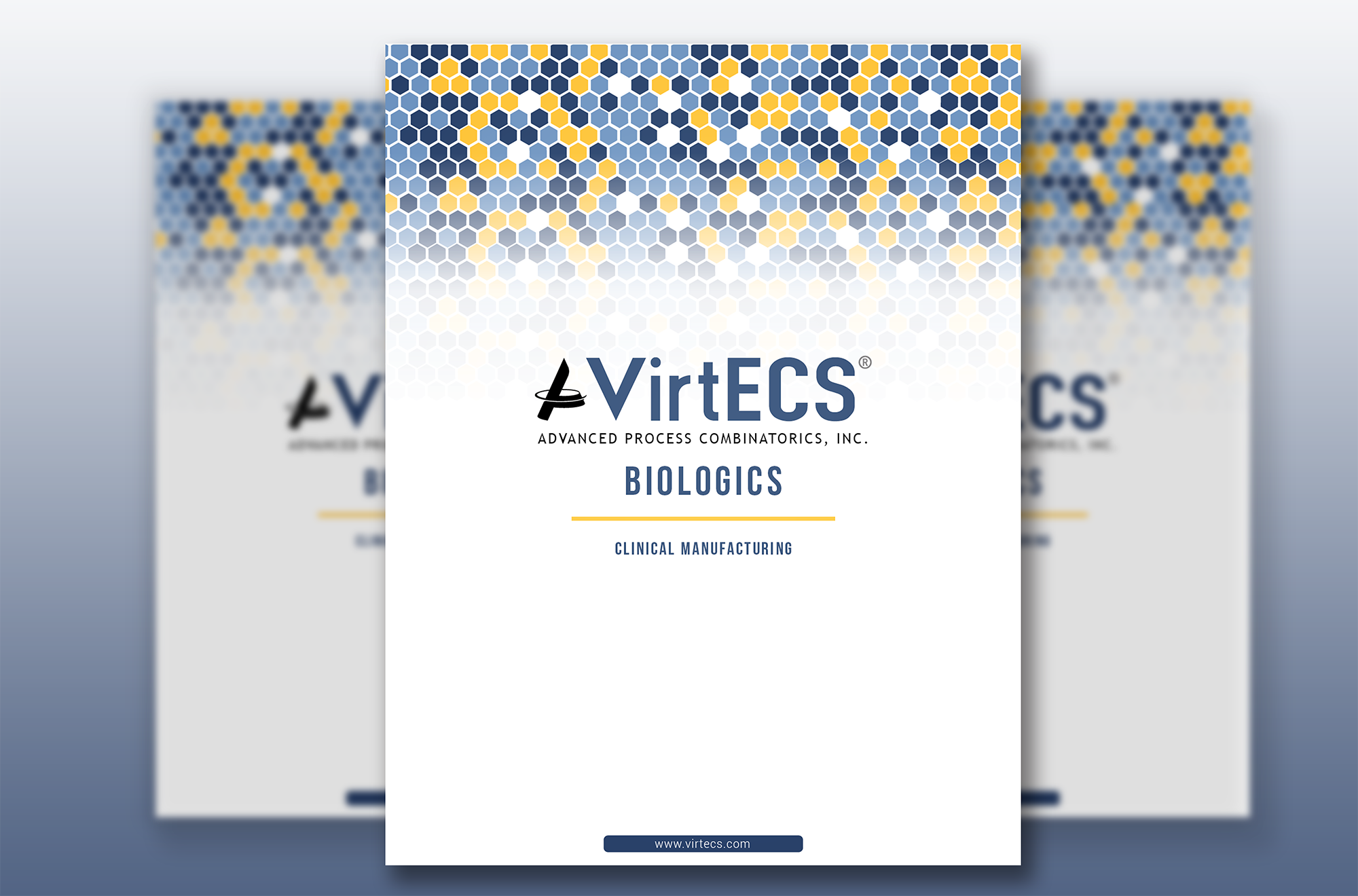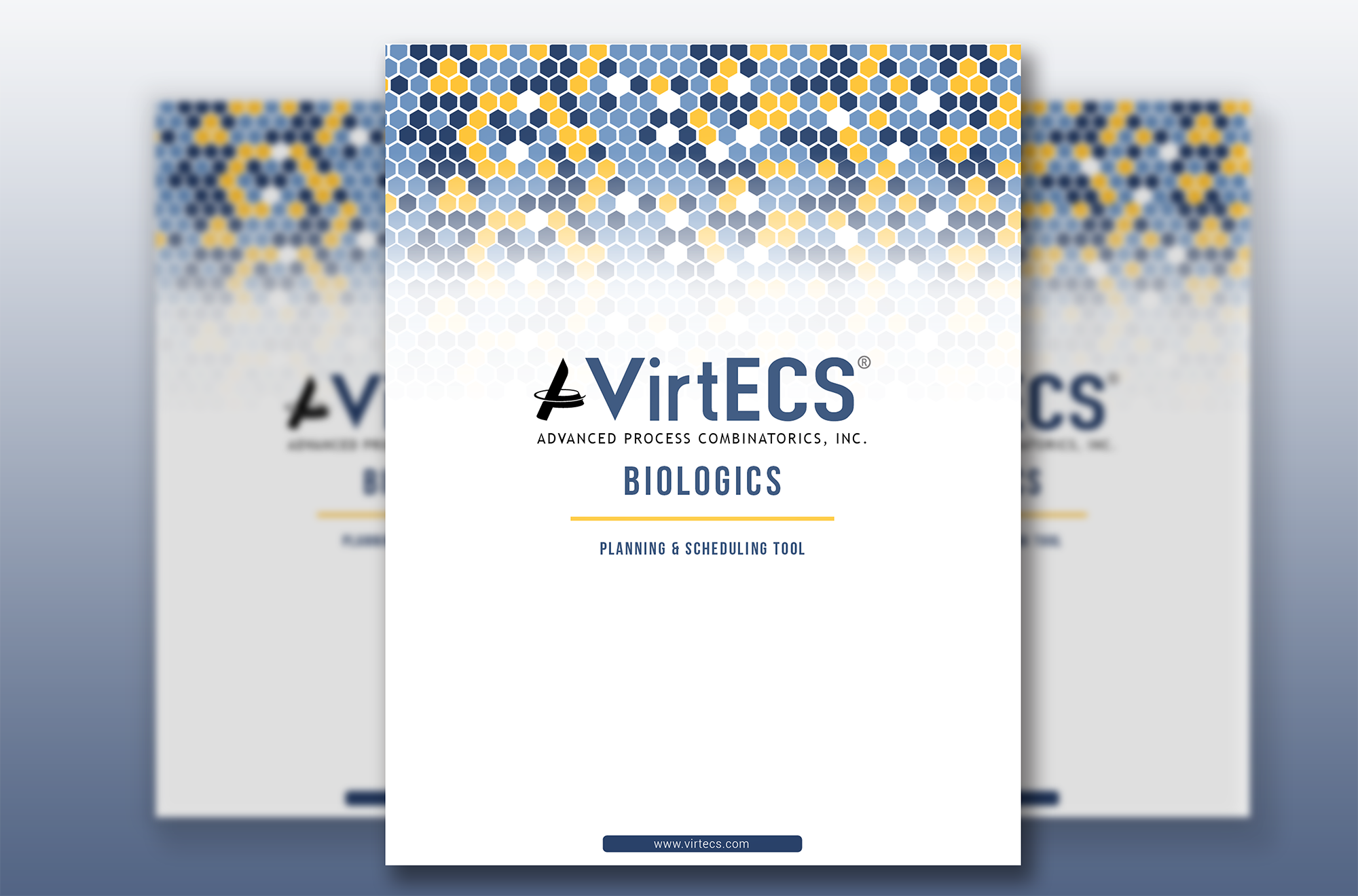During the heights of the Covid-19 pandemic, contract development and manufacturing organizations, or CDMOs, experienced a historic surge in demand. Large pharmaceutical companies had raced to create vaccines and treatments, but once they were approved, those biopharma giants were unable to immediately fit mass production for such a high-demand product into their existing footprint. Instead, leading CDMOs like Catalent and Emergent BioSolutions strategically partnered with Johnson & Johnson, AstraZeneca, and Pfizer to provide drug substance production and fill-finish work to produce the first Covid-19 vaccines as quickly as possible.
With these CDMOs’ help, major drugmakers were able to bring these lifechanging products to market more efficiently and begin controlling the spread of the disease. By 2022, CDMOs had expanded their production capacity so much that they were collectively capable of producing more than 20 billion Covid-19 vaccine doses each year, according to MedCity News.
Years later, the surge in demand for Covid-19 vaccines and treatments has slowed. As a result, CDMOs have seen a slow decline in work after experiencing all-time high production demands. However, due to their flexible and adaptable business model, the CDMO industry is ripe for growth and innovation. According to analytics firm Evaluate, the CDMO market is projected to outpace the overall pharmaceutical industry’s growth through 2028.
As CDMOs find themselves at a crossroads on how to build on their work during the pandemic, many are investing in digital twin technology. A digital twin can help CDMOs navigate the most optimal ways to allocate their resources and priorities to best position themselves for the post-pandemic future. Let’s take a look at how CDMOs can best utilize a digital twin to generate new business growth.
Taking on Newly Developed Drugs
Over the past several years, large biologics companies have invested heavily in research & development to create new, patented drugs that treat more illnesses plaguing people around the world. As more new products get approved, these large organizations must suddenly find available capacity to coordinate production for their new drugs ready to come to market. Many pharmaceutical companies’ internal production sites are already near capacity with their current product lines and fitting in a brand-new drug may require more resources to accommodate than they have available.
In these situations, a CDMO is well-positioned to take over production for these drugs. CDMOs are especially effective at speeding up the time between a product’s clinical manufacturing stage and commercial stage. According to Lonza, working with a single-source CDMO can speed up time to market by an average of 14 weeks. For pharma companies, those 14 weeks represent less idle time and a faster return on their R&D investment.
In order to adapt their plant operations to take on projects for newly developed drugs, CDMOs will need a tool like a digital twin. With a virtual model of their site’s specific setup and constraints, these facilities can quickly identify slots in their schedule with available capacity. The plant can also use the digital twin to optimize their upstream and downstream processes to create more space. As an added benefit, optimizing processes can also further improve CDMOs’ time-to-market, which will help cement their competitive advantage as a production partner for drug developers.
Speeding Up Tech Transfers
CDMOs hoping to jumpstart growth and form partnerships with major pharmaceutical developers through the coming years must prioritize creating a smooth and comprehensive tech transfer process. A digital twin can help both the pharma partner and CDMO speed up the time devoted to tech transfer. Digital twins can first study the technology provided by the drug developer and recommend the best site for production based on the product’s unique specifications. With an optimal site selected, the tech transfer can be implemented smoothly with the fewest possible process modifications.
Several CDMOs have also found success approaching partner pharma companies while they’re still in development to begin the tech transfer process earlier. This approach gives CDMOs more control over the transfer process and provides more time to ensure their chosen site is prepared to start the new project. It can then simulate an ideal plan and schedule for the new project to ensure there are minimal disruptions and scheduling trade-offs. With less time needed to implement the new product’s technology once development is completed, the CDMO can bring the drug to market more quickly and meet more clients’ production goals.
Flexibly Switching Between Products
The nature of contract manufacturing means that plants must often switch between products without much notice. Managing a varied and revolving lineup of products effectively requires CDMOs to have a responsive and adaptable production plan. According to EY, many of the most successful CDMOs have been the ones that are able to account for flexibility and alter their production lines to meet the demands of a diverse range of projects. If CDMOs want to increase their capacity and take on more new projects, production flexibility becomes even more critical.
Using a digital twin, CDMOs can test any potential layout or plan for their manufacturing site. Operators can move equipment, product lines, employees, and other variables until they final the most optimal combination to achieve their desired flexibility. The digital twin will also account for the plant’s specific constraints and priorities, which helps schedulers find the most simple and cost-effective way to rearrange their production plan or take on a new project without disrupting current demands.
When speaking on a webinar for Evaluate earlier this year, Charles River Laboratories Vice President Matthew Hewitt said, “We need to continue to [embrace manufacturing technologies] if this field is going to reach its full potential.” Our digital twin software VirtECS is an ideal technology to help CDMOs achieve these growth goals. VirtECS provides flexibility, shared resource coordination, capacity analysis and many other features that address the specific needs of contract manufacturers. To learn more about how pharmaceutical manufacturers use VirtECS to schedule new products into existing production plants, watch our founder Dr. Pekny’s keynote presentation.












